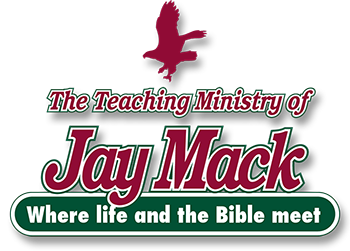Ephesians, Where Life and the Bible Meet
1. Look at the outline (Ab), and the Introduction (Ac) before starting on the commentary itself.
2. The DIG and REFLECT questions are in bold royal blue and will help to give you a deeper understanding of the book and make it more personal to you. Go slowly and give yourself time to answer these questions. They really strike at the heart of the commentary. What are the DIG questions for? To dig into the Scripture “story.” To find out what’s going on, to figure out the main idea, the plot, the argument, the spiritual principle, and so on. What are the REFLECT questions for? To apply the “story” in the Scripture to your own life; to take personal inventory and to decide what you are going to do about it! Many of the DIG and REFLECT questions are taken from the Serendipity Bible.
3. I would strongly suggest that you look up the references that are given in each section. Many times this will greatly enhance the background, and hence, your understanding of the Scriptures that you are reading on a particular day. Take your time, read only as much as you can digest.
There are times when I refer you to either another file in Isaiah, or a file in another book of the Bible, to give you more detail on a particular person, topic, concept or theology. An example might be something like the Great Sanhedrin (see my commentary on The Life of Christ, to see link click Lg – The Great Sanhedrin). If you feel you already know enough about the Great Sanhedrin, you can skip the reference and continue reading. But if it interests you, or if you don’t know what the Great Sanhedrin is, you can go to that file and read it first before continuing. It’s your choice.
4. All Scripture is in bold print. The NIV is used unless indicated otherwise. However, sometimes the purpose of the bold print is merely for emphasizing a certain point. When bold maroon is used, it is for special emphasis. The words of Yeshua are bold in red.
5. When bold teal is used in the text, it is quoted from one of the two Jewish commentaries listed in the bibliography. This will give you the moderate Orthodox Jewish interpretation. It is useful for word studies, but its Christology is obviously entirely wrong. Where rabbinical interpretation is cited, I will add, “The rabbis teach. . .” in front of the passage. Although it is not a Christian interpretation, I think it is interesting to see how the rabbis interpret these passages.
6. Read the Scriptures for a particular day first, then skim the DIG or REFLECT questions, read the commentary and reflect on it; answer the DIG or REFLECT questions, then read your Bible again. Hopefully, it will have greater meaning for you the second time you read it. Then live it out.
7. We have added two new features to our site. First, at the top of the page you can choose to “Save This Pages as a PDF” by simply clicking on the red rectangle; secondly, at the bottom of the page we have added a “text to speech” feature. Just click on the triangle in the middle of the black circle and you can hear the entire file. To go to the next paragraph, either forward, or backwards, click on the double arrows.
8. If you come to a Jewish word or phrase that you don’t understand see the Glossary (see Ad – Glossary).
9. To download a pdf file, click on the red rectangle on the top of any page.
10. You can download anything you want from this devotional commentary for bible study © 2023 but all rights are reserved by Jay David Mack, M.Div and nothing can be sold.



Leave A Comment